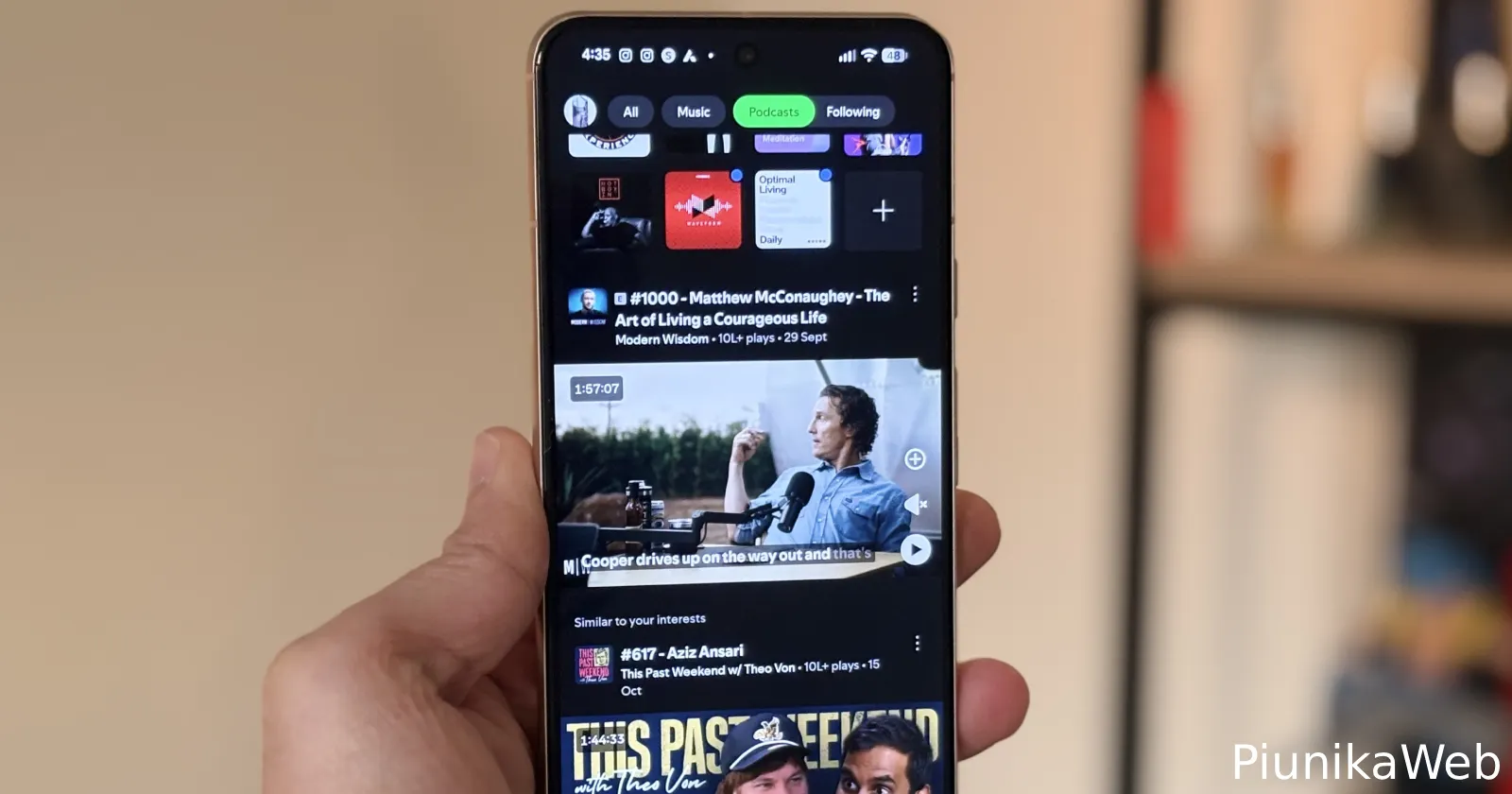For privacy-focused Pixel 10 users eagerly awaiting the official GrapheneOS build, there’s a mixed bag of news. While the custom ROM team has made significant strides in their porting efforts, the reality is that the new Pixel will not gain GrapheneOS support right out of the gate with the initial Android 16 QPR1-based release.
The delay, according to the GrapheneOS team, is a matter of priority and stability. The official word is that Pixel 10 support is “not being worked on until porting to Android 16 QPR1 and resolving all important regressions is done.” Essentially, the team is focusing on ensuring a stable, bug-free foundation for the new Android quarterly platform release before tackling the specific Pixel 10 port.
A brief blow after real hope
This news deals a minor blow to fans, especially after a period of intense progress and mounting optimism. Just a short while ago, the GrapheneOS team had reported making “significant progress” towards adding Pixel 10 support, signaling that the finish line was nearing for one of the most anticipated ports in the community.
The momentum picked up even further when Google released the Android 16 QPR1 source code into AOSP, a critical step that was expected to pave the way for both Pixel 10 support and the integration of the Material 3 Expressive redesign into GrapheneOS.
However, the team is currently deep in the trenches, making sure the core QPR1 port is airtight. A recent update shared on X outlined the current internal focus:
“Our port to Android 16 QPR1 which was to AOSP on November 11 is currently being tested internally. Several important regressions have been discovered and we’re working on resolving those before we release it for public testing. A few minor features also still need to be ported.”
No, missing device trees won’t block custom ROMs
Interestingly, the path to supporting the new generation of Pixels has been complicated by discussions around Google’s release of proprietary components. There were earlier claims that Google’s decision not to release Pixel device trees and driver binaries would seriously affect custom ROM development, even with the new OS code on AOSP.
The GrapheneOS team, however, swiftly rejected these concerns, offering a detailed technical rebuttal that should put minds at ease. They explained that their unique development approach has sidestepped this potential hurdle:
“GrapheneOS doesn’t use device trees anymore in Android 16 QPR1 since we merged the next major phase of our adevtool overhaul following the initial Android 16 port in June 2025.”
Their statement confirms that they have already overcome one of the biggest presumed obstacles for the Pixel 10 series:
“We won’t have issues adding support for 10th gen Pixels, we just needed Android 16 QPR1 to do it right. We already have 10th gen Pixels booting with GrapheneOS but need to complete the port of our kernel hardening features among other things. We also need an Auditor release with our changes adding 10th gen Pixels support and other important improvements. There’s a lot to get done.”
It’s also worth noting that Google has since posted the initial device trees required for booting the Pixel 10 hardware on mainline Linux, further clarifying the situation.
While Pixel 10 users will need to wait a little longer, the delay is for a good reason: GrapheneOS is focused on stability and is making sure the base OS is perfect before integrating the final pieces needed for the new hardware. The work is in progress, and the team seems confident that the release will follow shortly after the stable QPR1 port is out.


